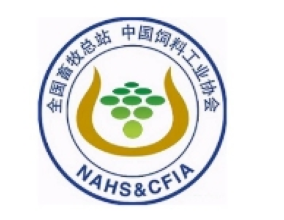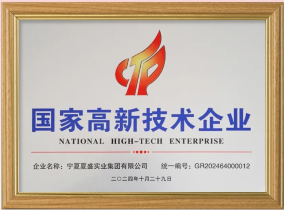Enzymes have
revolutionized the textile industry, providing a sustainable and eco-friendly
alternative to harsh chemicals in traditional textile processing. Enzymes such
as pectinase, amylases, cellulases, and catalase are used in various textile
processes like bio-scouring, sizing/de-sizing, biopolishing or Denim washing,
bio-stoning, and peroxide removal or bleach cleanup.
Pectinase is
used in the enzymatic scouring process in combination with textile auxiliaries to
remove pectin and wax components from cotton. This process results in a better
degree of polymerization, softness, absorbency, lesser TDS, and better COD
& BOD as compared to the conventional alkaline process.
Laccases are
used for denim bleaching as an alternative to the hazardous chemical process.
Laccase enzymes help in denim bleaching/ decolorization in a more efficient way.
The use of laccase enzyme has several advantages over conventional denim
bleaching as it is suitable for use in light-ounce fabric, prevents strength
loss, no damage to lycra prevents yellowing on storage, lesser COD & BOD
& reduces water usage.
Bio-polishing
is a finishing process that enhances fabric quality by decreasing the pilling
tendency and fuzziness of (cellulose) knitted & woven fabric/ garment. This
process can be carried out before, during, or after the dyeing process. Acid or
neutral cellulase enzymes are used for bio-polishing, working at room
temperature or up to 55⁰C. Cellulase enzymes hydrolyze the
microfibrils protruding from the fabric surface, weaken and break them easily
off the main fiber, thereby yielding a fiber surface smoother than it was
before.
Cellulase has
replaced the traditional stone washing process where the blue denim was faded
by the abrasive action of pumice stones on the garment surface. Bio-stoning
improves the softness, luster, drape, texture, softness, and appearance of the
fabric. Neutral or acid Cellulase is selected for use based on the intensity of
the fading required on the denim.
Catalase is
used for bleach cleanup in the textile industry. Catalase enzyme breaks down
hydrogen peroxide, a commonly used bleaching agent, into water and oxygen,
thereby reducing the environmental impact of the bleaching process.
Enzyme-based
textile processing has several advantages over traditional methods. Firstly,
enzymes work at lower temperatures and pH, reducing energy requirements and
environmental impact. Secondly, they are highly specific in their actions,
allowing manufacturers to target specific areas without damaging the fabric.
Thirdly, enzymes can be reused, reducing waste and cutting down on costs.
Another
benefit of enzyme-based processing is that it reduces the use of harsh
chemicals and water, leading to a more sustainable and environmentally friendly
manufacturing process. With the increasing awareness of sustainability and
eco-friendliness, consumers are demanding products that are made using natural
and sustainable methods. Enzyme-based textile processing aligns well with these
values and can help manufacturers meet the demands of this growing market.
By
following the latest developments in textile industry, Sunson has never stopped
its efforts in developing new enzymatic textile solutions. Series of enzyme
products have been put onto the market and are welcome by big numbers of customers
worldwide.

















